One More Step to Go!
We have also sent a verification link to your email ID:
qabuyer@droom.in
Please verify your email account
The ‘Elite’ i20 is the latest generation of Hyundai’s premium i20 hatchback. Most of the reason why the first i20 was such a hit was its interesting styling. This car isn’t as flamboyant as Hyundais of the past few years, in a good way. Styling is mature, restrained and sticks to Hyundai’s latest Fluidic Sculpture 2.0 design language.
On the outside
What you’ll notice when you first look at the front is the large and low-set hexagonal grille and the neatly swept back headlamps with their chrome detailing are also interesting to look at. This car wheelbase is now a full 45mm longer than the earlier car, however, the overall length has been trimmed by 10mm to 3985mm.
The i20 looks sharp - the rising window line, bold shoulder line and that blackened C-pillar lend it a distinctive look. The top trims come with 16-inch alloy wheels while the other variants get 14-inch steel wheels. The car looks particularly stunning when you look at it from the rear. The spread-out tail-lights look rather nice, and even small details such as the lip atop the windscreen is well executed. The i20’s boot is spacious enough to hold more than a weekend’s worth of luggage with ease. The high loading lip might be an issue when you’re trying to place your luggage in the car, but it’s not something to write home about.
On the inside
The cabin, like most Hyundais, is stunning and packed with features. Overall quality is impressive, detailing is nice and the layered dashboard looks quite upmarket. If there’s a negative it’s that the screen for the audio system is a tad too small. The knobs for the music system are small and fiddly, but you might not need them since the driver gets well-finished buttons on the three-spoke steering wheel. Visibility is good and the steering can be adjusted for rake and reach, making it easy enough to find a comfortable driving position. The supportive seats and general feeling of space enhance the experience further.
There’s a lot of space on offer in the rear. Legroom and headroom are particularly good and there is sufficient width to seat three. The rear seat also scores well for good back and leg support. However, the backrest is a bit too reclined and the bolstering on its outer edges hurts comfort when seated three abreast. Rear seat occupants also get a dedicated air-con vent in all versions of this car, spare for the base car. The top-spec Asta trim we’ve featured comes with lots of equipment as standard. The list includes automatic headlamps, push button start, automatic climate control, an audio player with 1 GB of onboard music storage, Bluetooth telephone function and a reverse camera.
Power Torque
The i20 diesel is powered by the same 1.4-litre, common-rail engine as the previous i20. There’s no change in power (89bhp at 4,000rpm) or torque figures (22.4kgm at 1,750-2,000rpm) either. The six-speed manual gearbox has been carried forward too, albeit with slightly shorter third, fourth and sixth gears to aid drivability. You don’t need to rev the engine very hard to get the best out if it because power comes in nice and early, and this is followed by a gentle surge after 2,000rpm. This car isn’t the most enthusiastic of performers, but it makes a strong case for itself as a city commuter.
The i20 petrol continues to make the same power and torque but, the 82bhp, 1.2-litre motor has been re-tuned for better bottom-end responses. The engine does feel better than before but it’s still not the liveliest at low engine speeds. It gets better as you rev harder though. The i20 petrol builds speed quickly and revs quite readily past 6,000rpm. However, it’s just not the most exciting car to be behind the wheel of.
From behind the wheel
Hyundai has clearly made progress in terms of suspension setup - there's a balance in the chassis that wasn't there before but there's still a fair of body roll when you go around a corner. It’s in more everyday driving conditions that the i20 is at its best.
Is it worth the money?
If you love driving and you’re looking for an engaging driving experience, the i20 is not the car for you. Even though it betters the old i20 in almost every way, its dynamics are still not its strongest suite. But if you are primarily looking for an all-rounder with lots of space, a premium cabin and lots of features, and is easy to drive in the city, the i20 could just be your best bet.
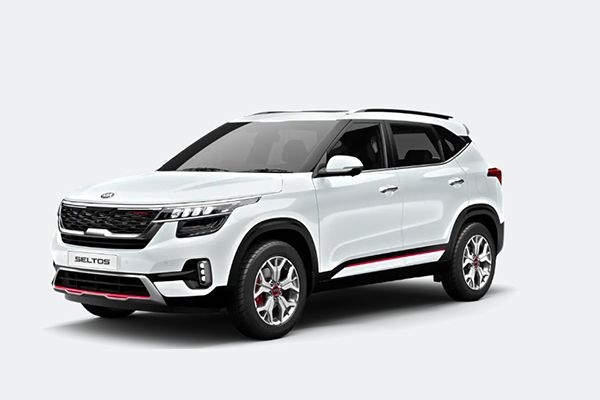
Kia recently unveiled the 2023 Seltos facelift in India, and the bookings for the updated model will start on July 14.
Read More
We drove the Hyundai i20 N Line recently to find out whether it really delivers a sporty experience?
Read More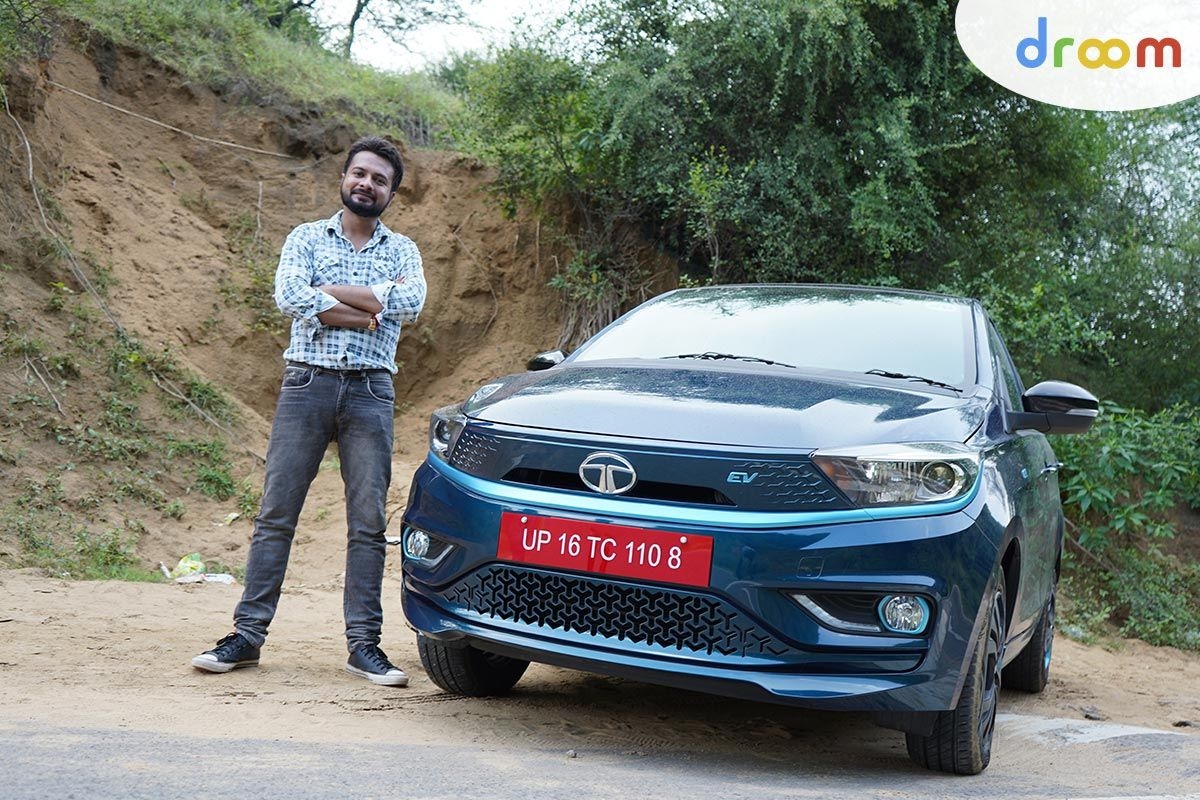
We recently took the Tigor EV out for a spin and we gathered interesting information about it
Read More
Introduced last year at the Delhi Auto Expo, Volkswagen Tiguan All-Space aims to offer more room and an additional row of seats. Can it manage to take away a few chunks from the full-grown SUV pie is what we are here to find?
Read More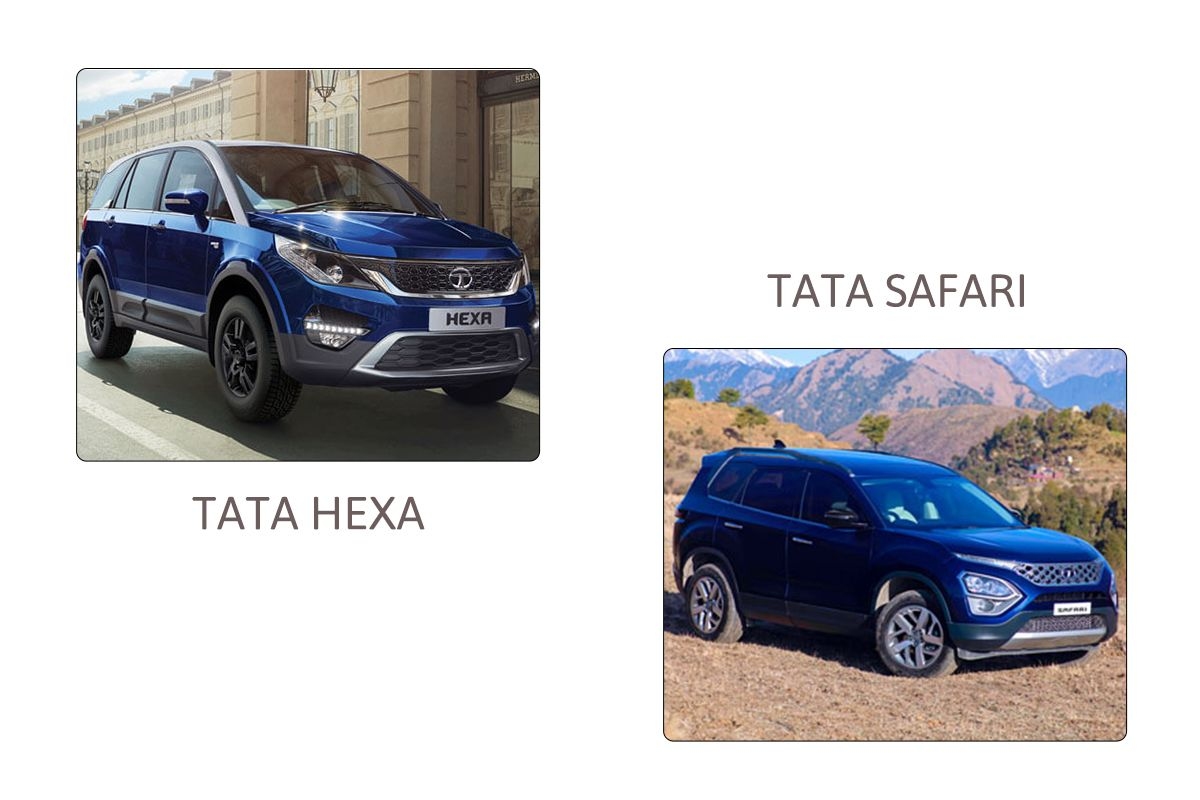
New Tata Safari or Used Tata Hexa: Price, Variants, Features & Engine Specifications
Read More
Toyota Kirloskar Motors last year entered the subcompact SUV space with the Urban Cruiser. What is this new model all about, let us find out?
Read More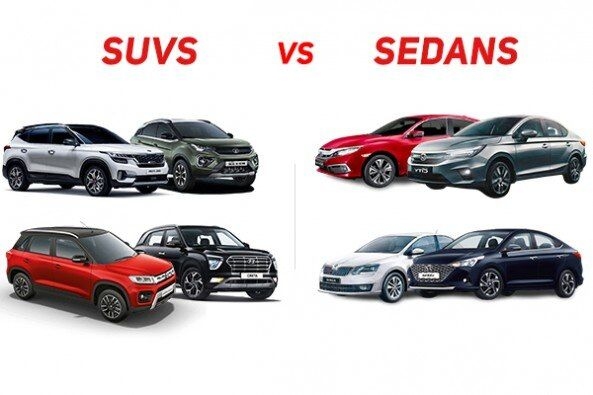
Check the story to find the factors that could ultimately help you to make a choice between an SUV or a sedan
Read More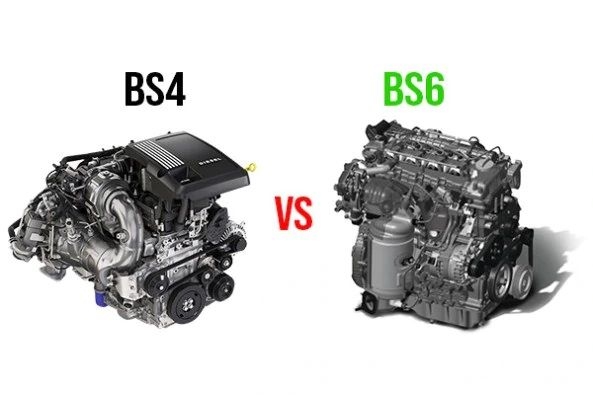
New BS6 Emission Norms apply to all major on-road vehicles categories in the country. The impact on petrol and diesel vehicles analyzed.
Read More
We compare domestic vs foreign car brands in India
Read More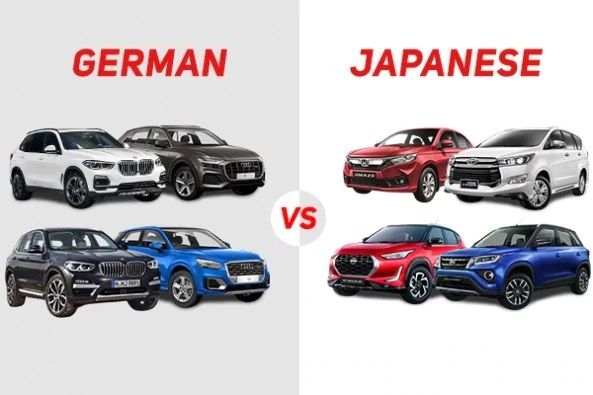
Check out the story to find out what differentiates Japanese and German automakers from each other in terms of price, safety, and reliability.
Read More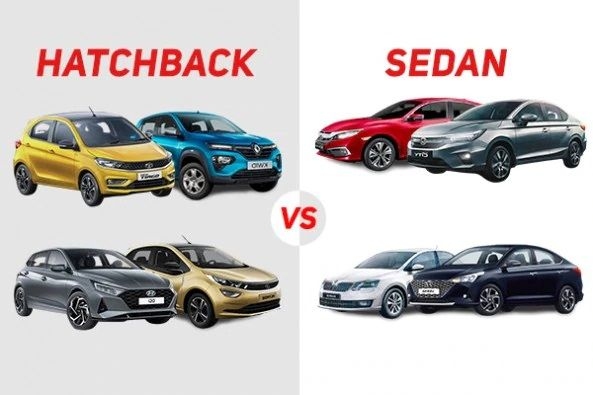
Read this story to find the factors that could be the key to making a smarter choice between a hatchback and a sedan
Read More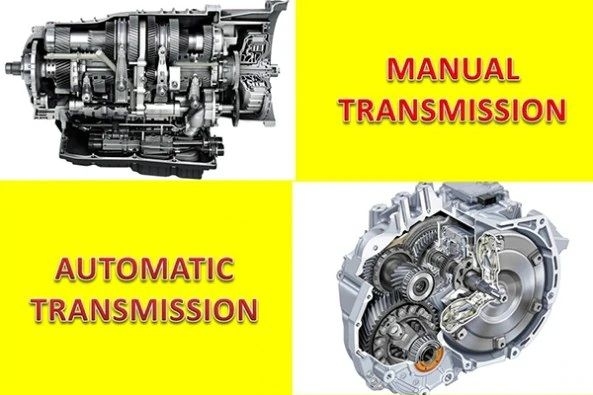
Know the primary and secondary differences between manual and automatic gearboxes in this piece
Read More